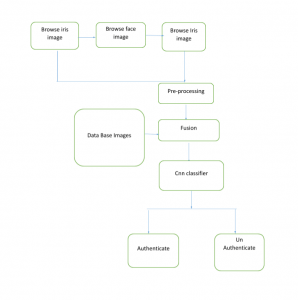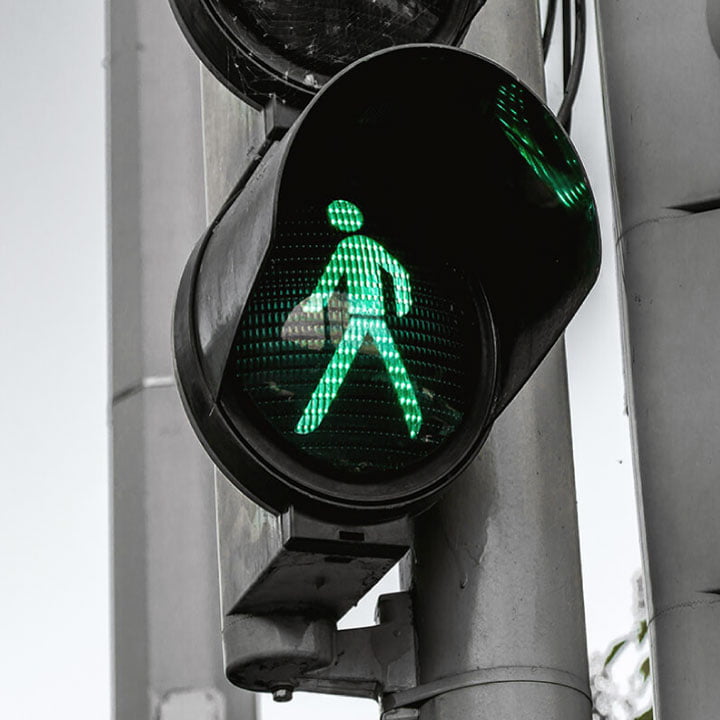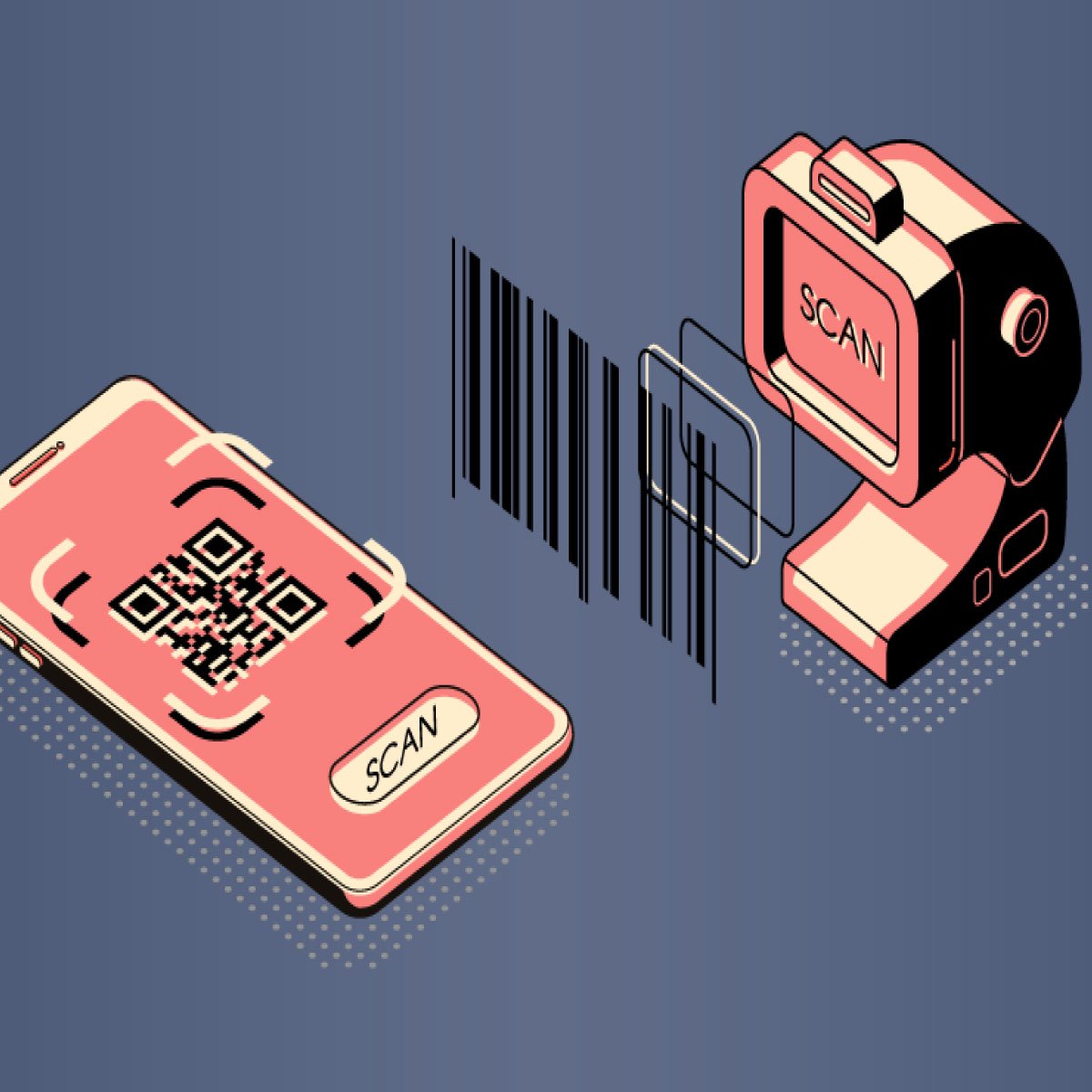Description
Multimodal Biometric Recognition system
Abstract:
security access control systems and forensic applications. The performance of conventional unimodal biometric systems is generally suffered due to the noisy data, non-universality, and intolerable error rate. In the proposed system, a multi-layer Convolutional Neural Network (CNN) is applied to multimodal biometric human authentication using face, palm vein and fingerprints to increase the robustness of the system. For the classification linear Support Vector Machine classifier is used. For the evaluation of the system self-developed face, palm vein, and fingerprint database having 4,500 images are used. The performance of the system is evaluated on the basis of % recognition accuracy, and it shows significant improvement over the unimodal-biometric system and existing multimodal systems.
INTRODUCTION
Nowadays, biometric recognition is generally used in many modern human authentication systems such as criminal identification systems, forensic applications, secure access control systems etc. Biometric authentication is a method of automatically recognizing the human being by using some computational algorithm with the aid of biometric features stored in a database. The features are extracted for various internal or external biological parts of the human body such as the face, fingerprint, eye retina, hand vein, finger vein, lips, palm prints, lips, iris, voice, dental radiographs, and hand radiographs, etc. Biometric authentications are categorized into unimodal and multimodal biometric authentication systems. Unimodal biometric authentication system uses a single biological entity which is less secure, less reliable, and has inadequate usability. Whereas, multimodal biometric authentication systems use multiple biological entities for the authentication which are more reliable, secure, accurate, and robust. In a multimodal biometric system, the fusion of data can be done at the sensor level, feature level, classifier level, and rank level. Generally, biometrics systems are classified into static and dynamic biometric systems. Static features of humans are rigid over time such as fingerprint, iris, face, etc. While, dynamic features of the humans are changing over time such as voice, electrocardiogram, keystroke and touch dynamics, etc. Efficiency, accuracy, robustness, security, and privacy are the major performance evaluation parameters for biometrics recognition systems
Existing systems:
- Edge detection
- Segmentation
- Feature vector
Drawbacks of Existing systems:
- Existing is done using Fingerprinting. Fingerprinting is that much not flexible because we can make duplicates of fingers and bluff people. It is not that much efficient.
- Only the spatial domain is calculated.
- We will be using PCA i.e. Principal Component Analysis algorithm to find out co-variance and variance.
Proposed System:
In the proposed methodology, three layers of CNN are applied to the face, fingerprint, and palm vein images. To minimize the computation time original images are converted to the grayscale image from RBG color space. The fully connected layer is applied after the third CNN layer. The neurons obtained at the fully connected layers of CNN applied for the face, palm vein, and fingerprints are concatenated for feature level fusion before the classification. The features are given to the one versus all multiclass linear SVM classifier. The performance of the system is evaluated on the basis of the % recognition rate. The flow diagram of the proposed methodology. The convolutional neural network consists of basic four layers convolution layer, rectified linear unit layer (ReLU), a max-pooling layer, and a fully connected layer for futuristic security applications
Block Diagram:

Advantages:-
- The Sequential Haar coefficient requires only two bytes to store each of the extracted coefficients.
- The cancellation of the division in subtraction results avoids the usage of
decimal numbers while preserving the difference between two adjacent pixels.
- This system gives more security compared to a uni-modal system because
of two biometric features
Applications:
Pattern Recognition
Authentication
Tools Required
MATLAB 7.5 and above versions



































































































































































































































































































































































































































































































































































































































































































































































































































































































































































































































































Customer Reviews
There are no reviews yet.